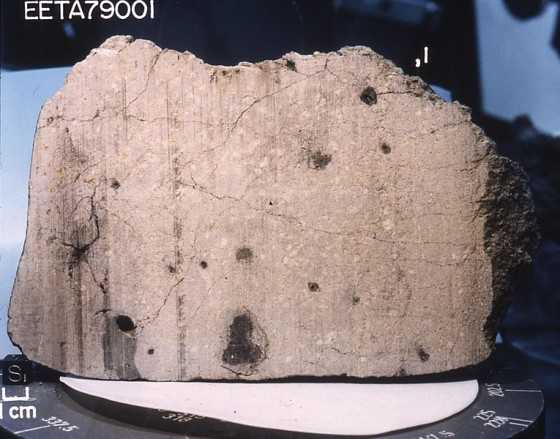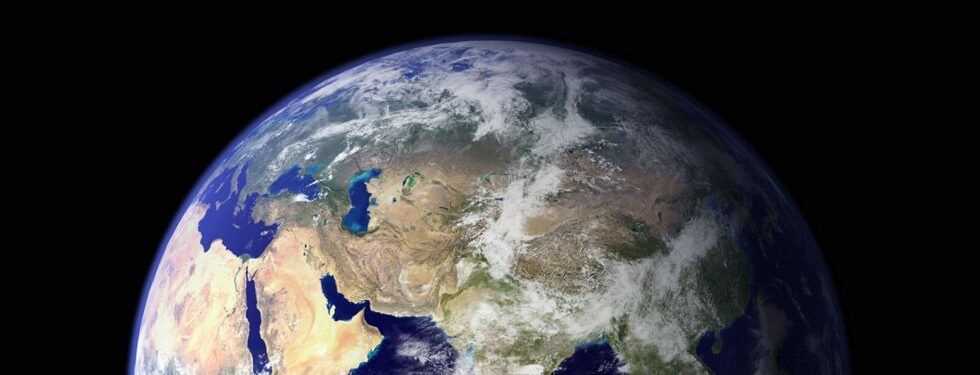The planets Earth and Mars also consist for the most part of material from the inner solar system and not to a considerable extent of building materials from further out. This is what researchers working with Christoph Burkhardt from the Westfälische Wilhelms-Universität Münster have discovered and thus invalidated an alternative theory of the formation of the planets closest to the sun, Mercury, Venus, Earth and Mars.
To do this, the group analyzed the isotope composition of Earth and Mars as well as meteorites, which give a largely unadulterated impression of the early inner and outer solar system. They affirm that the study has far-reaching consequences for our understanding of the formation process of the rocky planets in the inner solar system.
Simulations are insufficient
As the group now explains, there have recently been two conflicting theories about where the material from which the four innermost planets were formed came from. According to the older one, the dust of the protoplanetary disk of the sun clumped into ever larger chunks after the sun was born 4.6 billion years ago. They would then have reached about the size of the Earth’s moon, and the four planets were created through collisions.
According to an alternative theory, millimeter-sized lumps of dust from the outer solar system were significantly involved. They migrated inward and helped the Brocken to its present size. Both hypotheses could therefore be traced in model calculations and simulations, so samples were necessary for verification.

One of the Mars meteorites now analyzed: Elephant Moraine (EETA) 79001
(Image: NASA / JSC)
For the first time, the team has now analyzed three metal isotopes – those of titanium, zirconium and molybdenum. They are found in the outer layer of Earth and Mars. Their frequency in the early solar system depended on the distance to the sun. As a reference, they examined meteorites that would have given a comparatively unadulterated picture of the early solar system. With the so-called “carbonaceous chondrites” from the outer solar system, Earth and Mars have far too little in common to be compatible with the theory of the dust grains from there.
At the same time, however, they also found evidence of a building material that was not found in the “non-carbonaceous chondrites” – the “real children of the inner solar system”. So that was probably completely absorbed into Mercury, Venus, Earth and Mars. The fact that the theory of the formation of planets through collisions of large bodies in the inner solar system has proven to be correct does not change anything. The research work has now been published in the journal Science Advances.

(mho)
